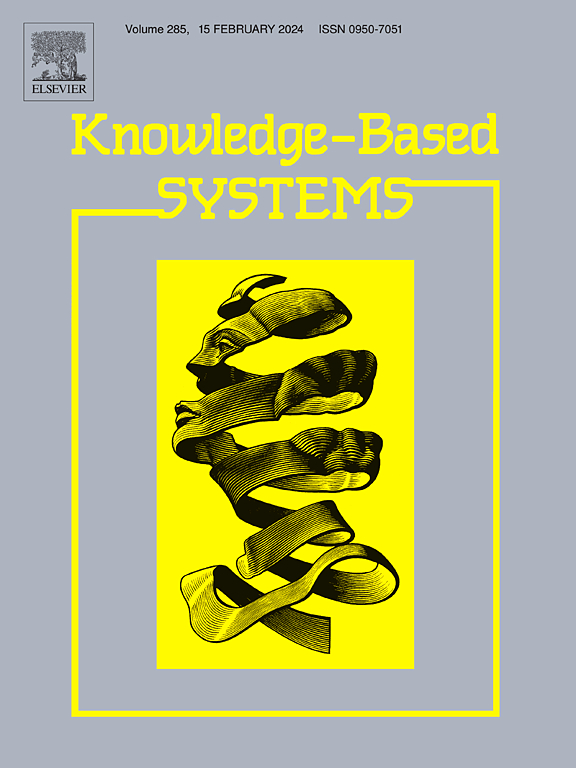Advanced approach for mining utility occupancy patterns in incremental environment
IF 7.2
1区 计算机科学
Q1 COMPUTER SCIENCE, ARTIFICIAL INTELLIGENCE
引用次数: 0
Abstract
In recent years, one of the varied fields of mining techniques that can discover valuable patterns from databases with vast amounts of data, utility pattern mining, has been studied. Besides, pattern mining techniques considering utility occupancy have been developed, considering the profit, quantity, and proportion of the pattern in transactions. However, recent pattern mining studies for utility occupancy still suffer from obtaining patterns in an incremental environment. Meanwhile, with the widespread adoption of technologies such as IoT or networks, data is rapidly generated and accumulated between devices in real time. Therefore, we suggest IUOIL (Incremental high-Utility Occupancy pattern mining with Indexed List) that discovers patterns having high utility occupancy employing an indexed list-based data structure from databases in an incremental environment. Our algorithm can obtain results by quickening the combination process for patterns using the data structure and reducing search space with three efficient pruning strategies. Performance evaluation is performed using various datasets for comparison with existing algorithms. The assessment on real datasets demonstrated that the technique extracts exact results with the fastest runtime while minimizing memory consumption. In addition, the evaluations on synthetic datasets showed that the technique discovers result set of patterns efficiently and stably as the volume of a database increases.
在增量环境中挖掘公用设施占用模式的先进方法
近年来,人们开始研究能从海量数据的数据库中发现有价值模式的各种挖掘技术之一--效用模式挖掘。此外,考虑到交易中模式的利润、数量和比例,还开发了考虑效用占用的模式挖掘技术。然而,近期针对效用占用率的模式挖掘研究仍存在在增量环境中获取模式的问题。同时,随着物联网或网络等技术的广泛应用,数据在设备间实时快速生成和积累。因此,我们提出了 IUOIL(Incremental high-Utility Occupancy Pattern mining with Indexed List)算法,利用基于索引列表的数据结构,在增量环境下从数据库中发现具有高实用占用率的模式。我们的算法可以利用数据结构加快模式的组合过程,并通过三种有效的剪枝策略减少搜索空间,从而获得结果。为了与现有算法进行比较,我们使用各种数据集进行了性能评估。对真实数据集的评估表明,该技术能以最快的运行时间提取精确结果,同时将内存消耗降至最低。此外,对合成数据集的评估表明,随着数据库容量的增加,该技术能高效、稳定地发现结果模式集。
本文章由计算机程序翻译,如有差异,请以英文原文为准。
求助全文
约1分钟内获得全文
求助全文
来源期刊

Knowledge-Based Systems
工程技术-计算机:人工智能
CiteScore
14.80
自引率
12.50%
发文量
1245
审稿时长
7.8 months
期刊介绍:
Knowledge-Based Systems, an international and interdisciplinary journal in artificial intelligence, publishes original, innovative, and creative research results in the field. It focuses on knowledge-based and other artificial intelligence techniques-based systems. The journal aims to support human prediction and decision-making through data science and computation techniques, provide a balanced coverage of theory and practical study, and encourage the development and implementation of knowledge-based intelligence models, methods, systems, and software tools. Applications in business, government, education, engineering, and healthcare are emphasized.
 求助内容:
求助内容: 应助结果提醒方式:
应助结果提醒方式:


